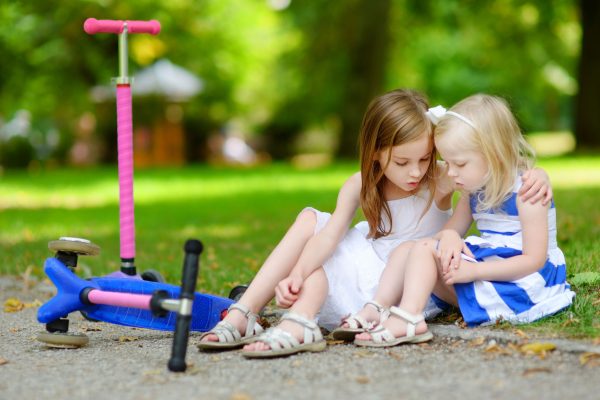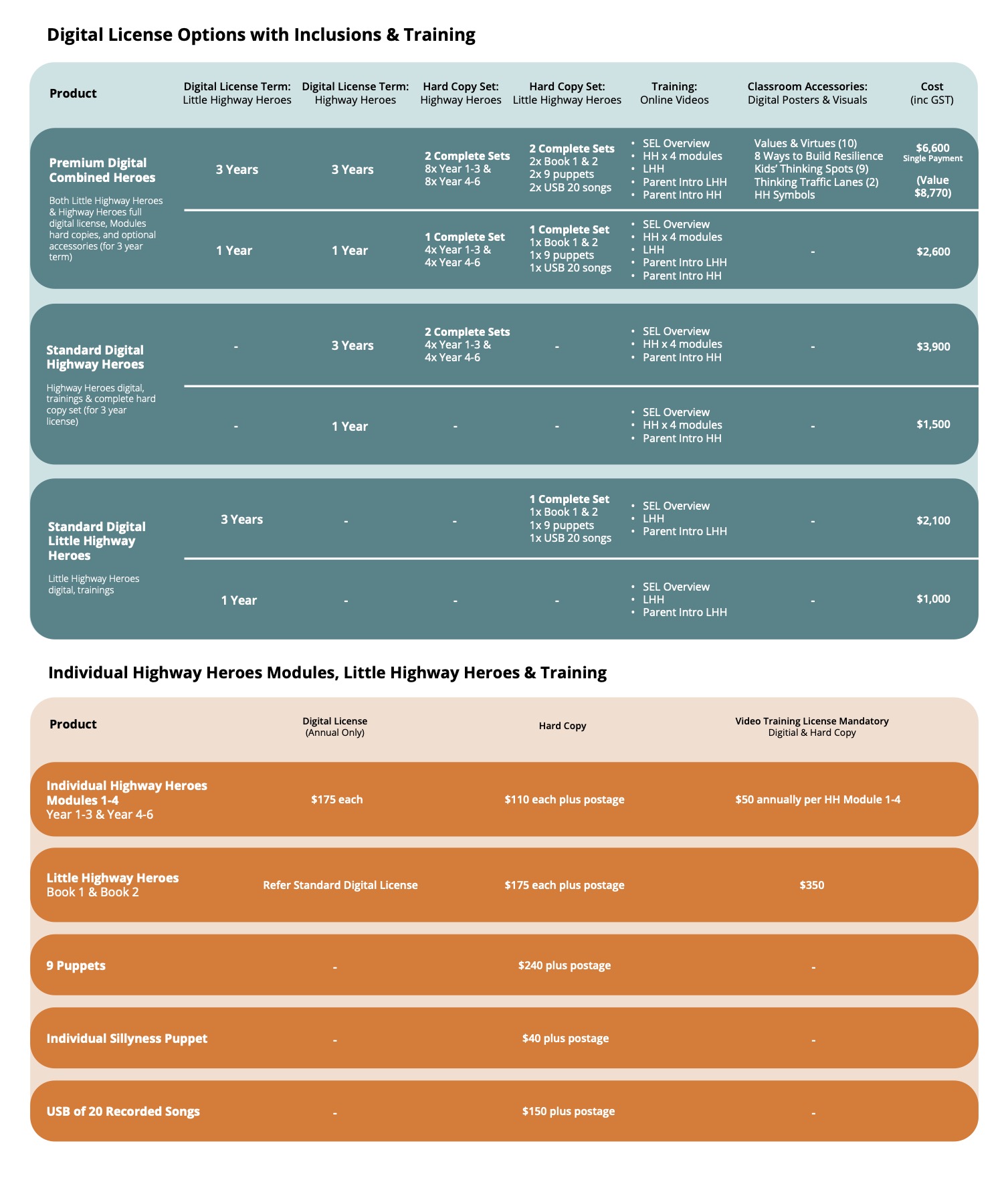“He’s stubborn just like his father!”
“She’s a feisty one!”
Fussy, shy, overbearing, confident, go-getter, easy, difficult, slow-to-warm… these are all words we use every day to describe someone’s disposition – or their temperament. Many parents swear that they ‘knew’ exactly what sort of child they were going to end up with by the early behaviours of their baby. The little party animal, up all night and napping all day. The routine-resistant baby, never napping at regular or predictable times. The fussy baby liking something one day but not the next.
A child’s temperament refers to all the characteristics or personality traits that determine how they react to various situations. Some of those can be highly protective for a child and help them to flexibly manage difficult social, emotional or learning situations and others can be great risk factors. Let’s take a look at 9 childhood temperament traits that are a useful way to plot a child on the continuums within each of the traits. What we do know is that when children sit on the extremes of these continuums, it can impact their relationship with their learning, with their friends and also within their families.
1. Activity level
This refers to the amount of physical energy expended in typical daily activities on a low to high spectrum. The low activity child fits in more easily in the school day and may enjoy more sedentary tasks like reading for hours, doing puzzles and playing long board-games. The high activity child has more of a struggle to conform when expected to remain seated for long periods of time.
2. Biological rhythms
This refers to the regularity or routineness of sleeping, eating, toileting, a child’s personal habits and patterns, and is plotted on a irregular to regular continuum. School and home life is generally all about routine and the irregular child who isn’t hungry at recess but about 30 minutes before or after is not going to have fun. Irregular babies never seem to develop a sleeping routine and do well when the environment is fluid and responsive to their needs when they arise. The regular child does better in the classroom where there’s a high level of predictability – but may become stressed if their routine is disrupted.
3. Sensitivity
This refers to a child’s ability to take in and cope with their sensory world on a low to high spectrum. The low sensitivity child is generally very tolerant of their sensory environment but may be slow to respond to verbal requests, ringing bells or even internal aches and pains until they’re pretty serious. The highly sensitive child’s attention can be disrupted by so many sensations; itchy labels, annoying noises, and their reactivity to their internal world of bodily sensations is often pronounced and sometimes disproportionate to the level of pain or discomfort involved.
4. Intensity of reaction
This is all about how much emotional energy is invested by a child in their reactions, and is on a less to more responsive continuum. The less reactively intense child is easy relative to the more (or most) intense child’s polarised love or hate of something, their huge emotional outbursts – laughing and crying equally loudly. The high intensity child is often quite draining to be around as those around the child brace for their frequent and intense reactions.
5. Adaptability
This identifies the length of time a child requires to adjust to change, to roll with new experiences and situations and is plotted on a low to high continuum. The child with low adaptability and can become stressed and overwhelmed with lots of new, lots of immediate demand, and when there’s a high need to transition. In their favour, they are often not as influenced by the social shenanigans of their peers as they have to warm into it – by which time it’s often been managed and is over. The highly adaptable child is definitely more easy going, however, can often be a little like a social chameleon as they can change it up quickly to suit the situation they find themselves in.
6. Approach / Withdrawal
This is about how a child engages in new and novel situations and is plotted between withdrawal and approach. The child on the withdrawal side of the scale is more likely to show avoidant behaviours, be hesitant and to hang back – which might mean that they miss out. It also means that they are less likely to engage in high risk behaviours. The approach child is bolder and more confidently approaches new situations – which, whilst curious and ‘jump in with both feet’ likely, can lead to higher risk taking behaviours.
7. Persistence
The ability to stick at a task despite ability, distractions and frustrations is plotted on a low to high continuum. Positively, persistence outstrips IQ in a child’s likelihood to achieve, however, the highly persistent child is also more likely to lean towards perfectionism and single-mindedness. School is much more difficult for the child with lower stick-ability to tasks, with a much greater chance of giving up, becoming frustrated and irritated easily.
8. Distractibility
This describes a child’s likelihood of becoming side-tracked by sensations from their internal (hungry, rumbly tummy) or external environment (noises, smells…) and is plotted against low to higher criteria. The highly distractible child knows everything that is going on around them and can even get carried away in their world of daydreams. Classrooms are difficult places for these sorts of children as someone is always sniffing, whispering or being distractible themselves. The child with low distractibility appears able to focus in a singular way despite distraction – like being immersed in reading a book even though the whole family has arrived for dinner.
9. Mood
The inclination towards more optimistic or pessimistic tendencies is described by mood and is plotted against negative or positive. We all have a predisposition to seeing the glass as half empty or as half full. The more positive child will make the most of situations and look for the silver lining to their cloud. When life get’s really tough for this child, it can be very difficult for them to acknowledge to themselves, and others, that they’re not coping. The more negative child will predict failure or a lack of enjoyment before they’ve begun, say things like, “I knew that was going to happen” when life serves up lemons – and can be difficult for family and friends to be around without getting sucked into the vortex.
Some good questions to ask yourself
It makes good sense to do a little mapping and a little reflecting on a child’s temperament – whether your own child, a student or client. This is not in the interests of being prescriptive or profiling but to think about how this can interrupt and even derail learning and family life – especially when dispositions of siblings or parents are different to that of the child. It is absolutely true that some temperaments leave parents and teachers in a tangle. The highly active and distractible child, for example is a challenge in a classroom. The intensely reactive child who adapts with difficulty to change can also experience some level of struggle in the home or classroom. So, ask these questions of your child…
- Behaviours that occur frequently that are difficult to deal with – how many of these could be attributed to the temperament of the child?
- If there is a frequent butting of heads over sticking at it, being able to be flexible, being the dooms-day predicter in a home or classroom, what sorts of temperamental factors could be at play and what could you do to offset and cushion that for the child?
Use the download
Follow the link HERE to access a rating scale for those 9 personality traits and have a little bit of fun plotting your child or a child in your class on the continuums. Think about the times that they don’t cope, withdraw, become reactive, give up or become overwhelming negative – are there some consistent patterns? Perhaps its with a particular child or around a particular challenge. On the download, you might like to refer to the boxes beneath the continuum for each of the 9 traits to see suggestions of how to bring out the best in this child.
Thank you for reading – and be sure to share the link with your friends, family and colleagues too.
Temperament and Development, by A. Thomas and S. Chess, published in 1977 by Brunner/Mazel, New York.)


